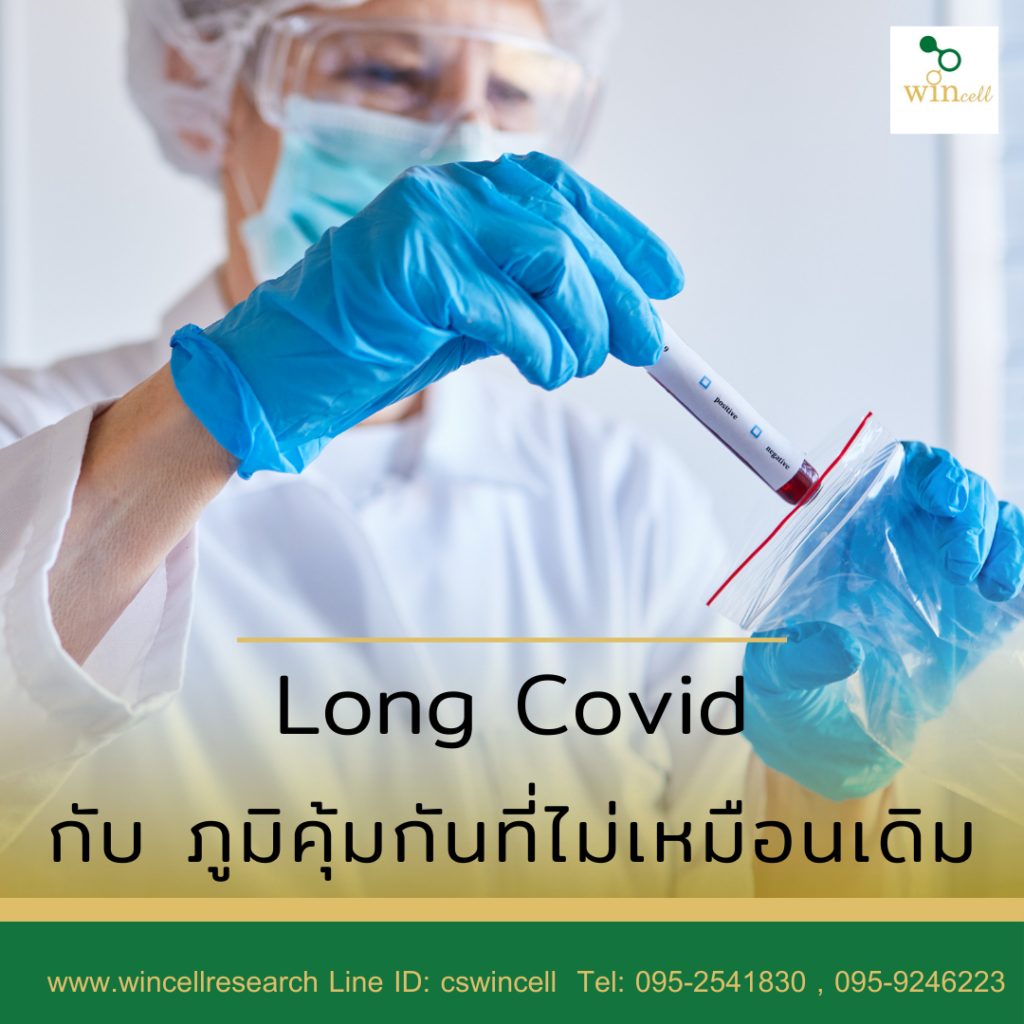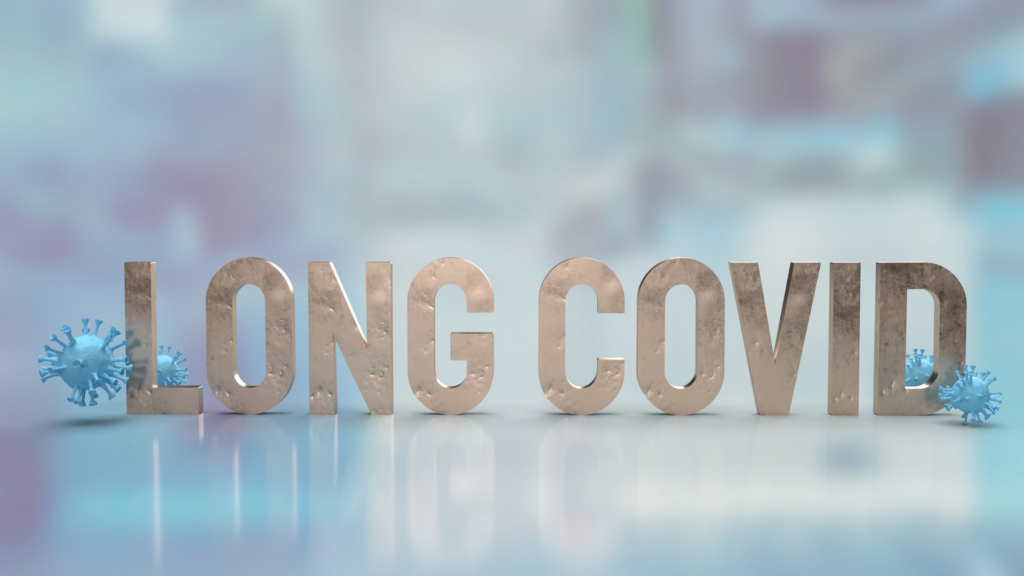
When you get Covid and recover from the illness, what happens after 8 months? Medical News Today on February 8, 2022, by Hassan Yahya, compiled research published at that time. It was found that throughout the COVID-19 pandemic over the past 2-3 years, scientists have been trying to understand the mechanisms by which the SAR-CoV-2 virus can enter the human body and cause illness ranging from asymptomatic to severe, even leading to death.
Additionally, studies have been conducted on the immune system’s ability to protect against this virus and the mechanisms of the Cytokine Storm that occurs in some patients and leads to severe symptoms, even death. Even with the constant mutations of the virus, scientists are striving to gather information to ensure the safety of everyone on the planet.
Throughout the period of study and research, scientists have discovered an altered immune system in patients who have recovered from COVID-19. This information has been published in the reputable journal Nature Immunity.

So what is Long Covid?
The CDC defines long COVID as the effects that occur after recovering from illness, lasting from 1 week to several months. It includes symptoms that disrupt the body, such as the respiratory system, cardiovascular system, or other body systems. Let’s see what scientists have discovered.
From a follow-up study of 147 patients who recovered from COVID-19 for 8 months, the research focused on pathology, the immune system, and clinical symptoms. It was found that 31 out of 147 patients exhibited three main symptoms: fatigue, chest pain, or shortness of breath. These symptoms persisted for 4 months post-infection. The study compared this group with uninfected individuals and those who were exposed to the virus but did not get infected. Additionally, the study looked for differences in biological markers (biomarkers) in the blood to find consistency in terms of biological development, pathology, and pharmacology, to explore treatment options.
The study found differences in six types of immune-related biomarkers between the normal group and the long COVID group. In the long COVID group, these biomarkers were found at higher levels. These six biomarkers can be categorized into two groups.
The first group is the Interferon group, which are proteins produced by the body to fight viruses. Surprisingly, when testing for naïve T and B cells, they were found to be missing, even though these cells are used to fight pathogens. Thus, the SAR-CoV-2 virus infection leads to a specific phenomenon called the residual effect in the immune system, both non-specific and specific. This results in symptoms such as chronic fatigue, easy exhaustion, abnormal breathing, headache, inability to concentrate for long periods (brain fog), memory problems, chest pain, muscle and joint pain, or even depression. Therefore, the condition of long COVID is something we need to monitor, as there are still many factors that we need to study to find answers.

Currently, we know that the immune system of the long COVID group is different from that of healthy individuals. Studies on long COVID are still lacking complete data, particularly in conducting cohort studies across diverse ethnic groups. However, the current information makes us aware that not only the COVID infection itself is a concern, but the post-infection condition known as long COVID is also something we need to be vigilant about.
Additionally, scientists have studied the number and activity of NK cells and found that in the long COVID group, there is an increase in both number and activity, particularly in NK cells with the CD56 marker, which increased by 1.7 times. The increase in NK cells in the long COVID group is still being studied further. Given that NK cell therapy has been used in the treatment of COVID patients, balancing the number and activity of NK cells could be another option for treating both COVID and long COVID.
Reference documents
1. Raveendran, A.V., Jayadevan, R. and Sashidharan, S., 2021. Long COVID: an overview. Diabetes & Metabolic Syndrome: Clinical Research & Reviews, 15(3), pp.869-875.
2. Galán, M., Vigón, L., Fuertes, D., Murciano-Antón, M.A., Casado-Fernández, G., Domínguez-Mateos, S., Mateos, E., Ramos-Martín, F., Planelles, V., Torres, M. and Rodríguez-Mora, S., 2022. Persistent Overactive Cytotoxic Immune Response in a Spanish Cohort of Individuals With Long-COVID: Identification of Diagnostic Biomarkers. Frontiers in Immunology, 13.
3. Varchetta, S., Mele, D., Oliviero, B., Mantovani, S., Ludovisi, S., Cerino, A., Bruno, R., Castelli, A., Mosconi, M., Vecchia, M. and Roda, S., 2021. Unique immunological profile in patients with COVID-19. Cellular & molecular immunology, 18(3), pp.604-612.
4. Crook, H., Raza, S., Nowell, J., Young, M. and Edison, P., 2021. Long covid—mechanisms, risk factors, and management. bmj, 374.
